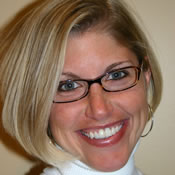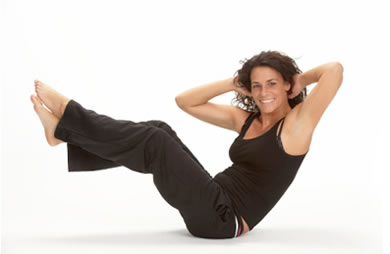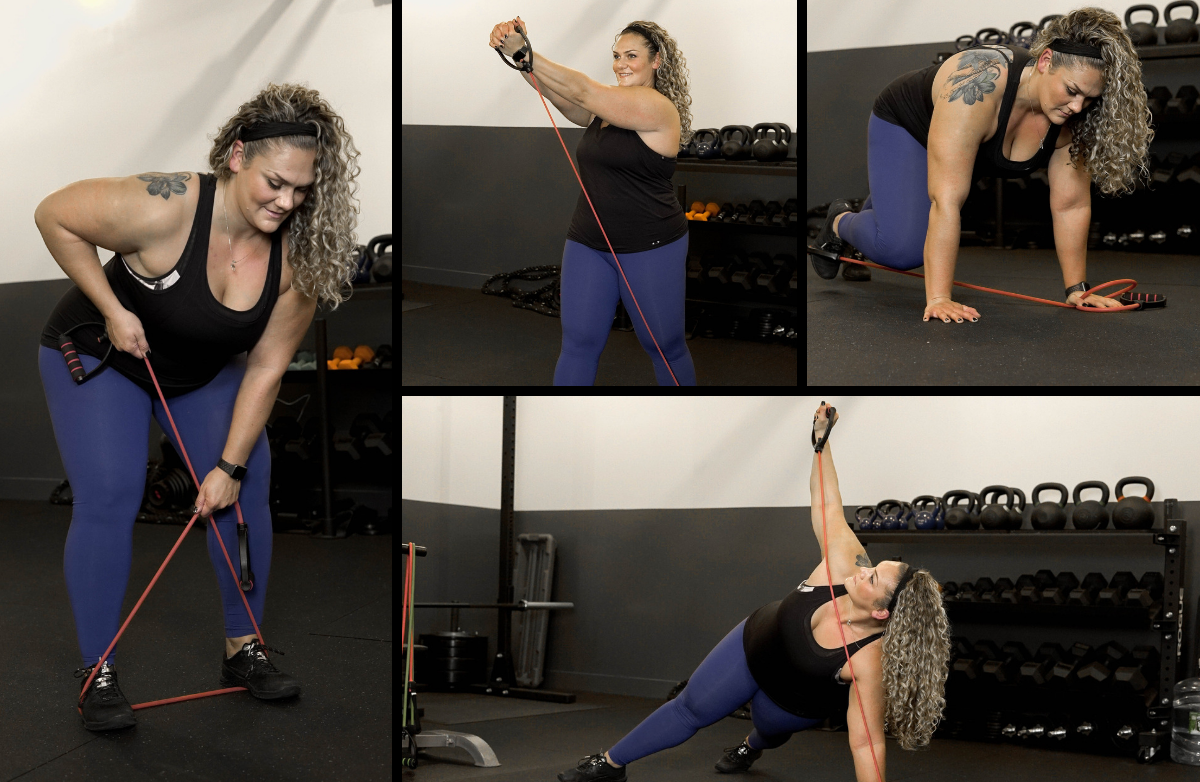From Sports Illustrated swimsuit covers to curvier Barbie dolls, so-called "plus size" physiques are making headlines this season. But that leaves millions of women questioning the true meaning of that term.
While there's no hard-and-fast definition of "plus size," it generally indicates people (typically women) who are fuller-figured and/or larger than the "straight size" garments worn by fashion models, which tend to range from size 0 to 4, model Lauren Chan told Elle magazine. That means the "average" woman, who wears a size 12 to 14, would technically fall into the plus-size range. For those who are struggling to lose weight and lead healthier lifestyles, this classification can be demoralizing. Fortunately, thanks to some brave and beautiful women who have had enough of the unrealistic labels, "plus size" may soon give way to "my size."
Just who is leading the charge? Allow us to introduce just a few of the pioneers of the plus-size movement, who are helping to normalize the body types that were never abnormal to begin with.
Ashley Graham
This size 14/16 model has come a long way since ABC declined to air her Lane Bryant commercial in 2010. In February of this year, Graham was chosen (along with two other models) for the coveted Sports Illustrated swimsuit cover. And she's more than just a pretty face—a longtime advocate of health and fitness, Graham launched an online workout in 2014 called Curvy Fit Club. The model has long discussed her desire to denounce the "plus-size" label. "Curvy models are becoming more and more vocal about the isolating nature of the term ‘plus size,’" Graham said during a speech at Berklee Valencia in 2015. "We are calling ourselves what we want to be called: women, with shapes that are our own."
Myla Dalbesio
This Calvin Klein model created a buzz in the beauty industry when she landed a gig modeling the brand's 2014 underwear campaign. Looking at Dalbesio, you wouldn’t think anyone would classify her as "plus size"—but at a size 10, she is outside the runway realm and more indicative of a "real" woman's physique. After years of struggling to lose weight through crash diets, prescription drug abuse and other unhealthy tactics, Dalbesio was thrilled to be accepted as she is.
Meghan Trainor
Pop singer Meghan Trainor has always sung her body image views from the rooftops—literally. Many of the tracks from her albums feature lyrics that praise self-acceptance regardless of size. In her first single, "All About That Bass," Trainor assures her listeners that "every inch of you is perfect, from the bottom to the top." Last year, Meghan partnered with FullBeauty.com, lending her image to the plus-size e-tailer's #OwnYourCurves campaign.
Tess Holliday
In 2015, this blogger-turned-model scored a major triumph for the body-positive movement when she appeared on the cover of People magazine. Even after years of being bullied as a teen and getting rejected for plus-size modeling gigs, Holliday persisted in pursuing her dream of becoming a model, and in 2015 she became the first size-22 model to land a contract with a major agency.
Holliday maintains that while self-improvement is admirable—she works out with a personal trainer four times a week—the key is self-acceptance at all stages. "It’s all about accepting yourself the way you are,” Holliday said during an interview on the "Today" show. "If you want to work toward a better you in whatever regard, do it. But you’re okay just the way you are today.”
Candice Huffine
This 31-year-old, size-13 fashion model made headlines when she scored the cover of Italian Vogue in 2011. Most recently, she took her curves from the magazine to the runway when she modeled Sophie Theallet's Fall 2016 line.
Huffine believes that fuller figures are becoming more widely accepted as the rule rather than the exception. "In the past couple of years, the curvy community, designers and magazines have taken a really great stand at committing to showcasing diversity and different body types. Us models have taken on this responsibility of being active role models and spreading our message as well," she told Teen Vogue. "Women just want to see a variety of women, because that's how we're made! We're all unique."
Barbie
Okay, so she's not a real woman, but we can't help but recognize Barbie's 2016 transformation as a significant step toward full-figure acceptance. After nearly six decades of producing only one body type—which many felt portrayed unrealistic physical ideals for young girls—Mattel introduced three new doll shapes in January, including a curvier figure. Additional changes include more skin colors, eye colors and hairstyles.
"These new dolls (are) more reflective of the world girls see around them," said Barbie brand manager Evelyn Mazzocco. "The variety in body type, skin tones and style allows girls to find a doll that speaks to them.” Fellow pioneer Ashley Graham raved about Barbie's new physique, saying "I don't know what took them so long."
How Can "Real Women" Join the Revolution?
These are just a handful of the confident, inspiring women who are breaking size stereotypes. You don't have to be a fashion model, singer or actress to make a difference. Below are some of the ways you can encourage positive body image in your family and community:
- Stop complaining and start celebrating. Your own body image is the single most important influencer of how your daughter, granddaughter or niece feels about her own physique. Treat every body part like the miracle that it is, not a problem to be solved.
- End the scale obsession. Focus on health and how you feel, not the numbers at your feet.
- Banish bullying. If you witness or hear about anyone being bullied because of his or her weight, talk to school or work administrators and take steps to put an end to the behavior. Consider implementing an anti-bullying program if you are able.
- Debunk the magazine myths. Make sure the girl(s) in your life are aware that the models they see in magazines and on TV do not represent a normal, healthy physique, and that a healthy body is a "perfect" body regardless of size.
What do you think of the recent emphasis on fuller figures? Who is your favorite plus-size personality?

.jpg)
.jpg)
.jpg)

.jpg)
.png)

.jpg)












